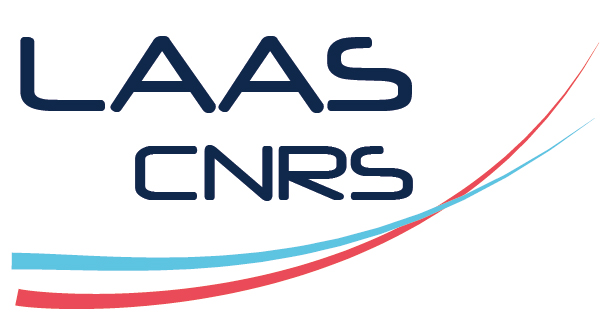What Is It to Implement a Human-Robot Joint Action?
Résumé
Joint action in the sphere of human–human interrelations may be a model for human–robot interactions. Human–human interrelations are only possible when several prerequisites are met, inter alia: (1) that each agent has a representation within itself of its distinction from the other so that their respective tasks can be coordinated; (2) each agent attends to the same object, is aware of that fact, and the two sets of “attentions” are causally connected; and (3) each agent understands the other’s action as intentional. The authors explain how human–robot interaction can benefit from the same threefold pattern. In this context, two key problems emerge. First, how can a robot be programed to recognize its distinction from a human subject in the same space, to detect when a human agent is attending to something, to produce signals which exhibit their internal state and make decisions about the goal-directedness of the other’s actions such that the appropriate predictions can be made? Second, what must humans learn about robots so they are able to interact reliably with them in view of a shared goal? This dual process is here examined by reference to the laboratory case of a human and a robot who team up in building a stack with four blocks.
| Origine | Fichiers éditeurs autorisés sur une archive ouverte |
|---|

